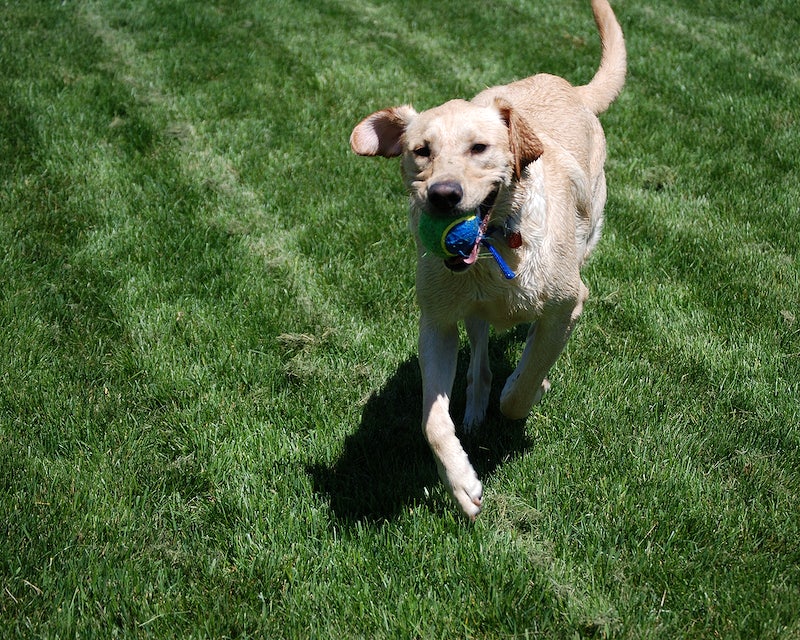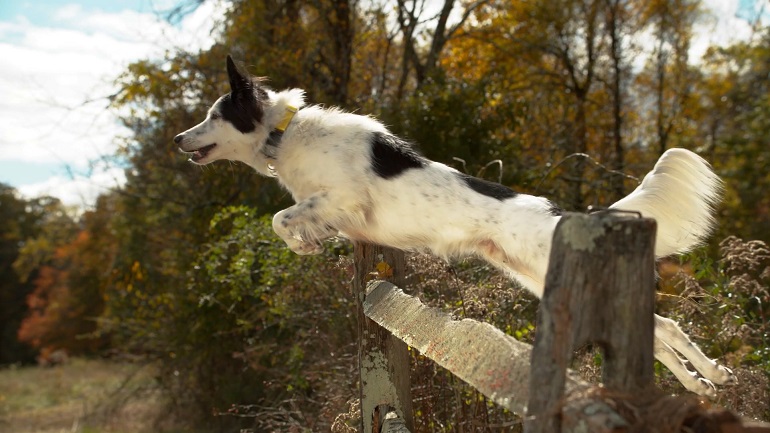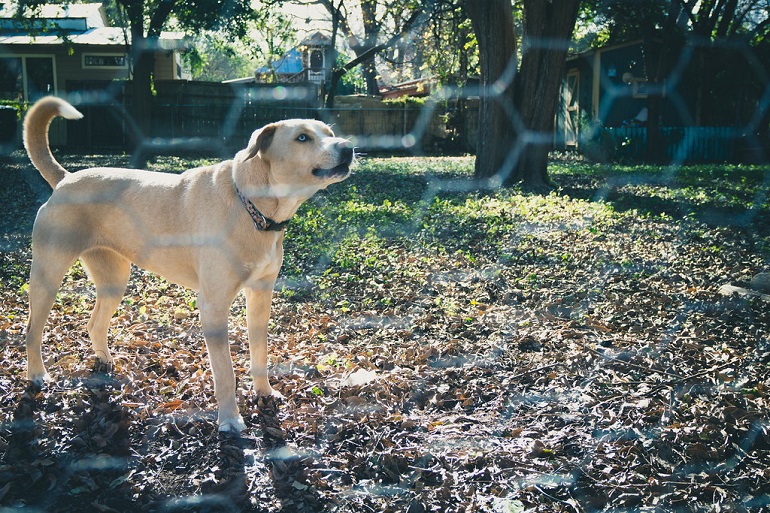I still remember the day when I brought my cute, tiny pup home. He was so petite that his yapping was not even audible. Every moment around him was an aww-moment. Even his nibbling, digging and whining felt cute. But then, he grew up!
Now his nibbling has become bitter biting, whining has become non-stop barking, and digging has become a housebreak mission.
This way, I realized why it’s said that raising a pup is just like raising a child. Thus, right after this realization hit me, I decided to train my rebellious furry kid before he could evolve into an unstoppable troublemaker.
I began with training my puppy using positive reinforcement like reward-based training and verbal praise but strangely, he didn’t take any of these methods seriously, indicating I need to think about employing some more serious training practices.
Thus, after researching for several weeks for a not-so-cruel yet effective training device, I came across shock collars – The training collars that were invented to train hunting dogs.
Usual Concerns about Training Collar
Even though these shock collars look safe, I still had some concerns about whether it’s right to use a shock collar on a puppy or not. Similarly, some other questions were also stinging in my mind like,
- Is my dog big enough for shock collar training?
- What is the correct method to introduce shock collars to my canine?
- What if he rejects or doesn’t respond to the collar?
- Are there any hidden hustles associated with shock collars that I should know?
Since I can’t take any risk when it comes to the well-being of my pup, I pulled a sickie to visit dog trainers & veterinarians to discuss my concerns with them. I’ve put down all the answers, suggestions, and whatever those professionals said about using a shock collar in this article, so give it a read!
At What Age Is Your Dog Ready for Shock Collar Training?
As your pup’s body grows, his brain also does so, and once he hits the six-month line, his brain develops completely. After this, your dog begins to think on his own, he begins to resist and violate the rules. Therefore, it’s important to begin training from such a young age.
Of course, we are not suggesting using negative reinforcement on younger dogs, but you can start training him from day one.
At this early stage, you should focus on correcting his basic manners. Doing so will help suppress his aggressive behaviors while growing up, diminishing the chances of considering cruel training methods, like prong collars.
If doing so makes him a good, obedient boy, then well and good otherwise, you can start e-collar training after six months.
However, if your dog is younger than six months, you should never try correcting his unwanted behavior with the dog shock collar. Otherwise, your pup will not only end up with physical abuse, in the form of severe painful burns but also suffer from a terrible level of emotional stress.

Another important thing to mention here is that some dogs are more sensitive than others; therefore, your answer to whether my dog is big enough for an e-collar should be based on several factors, rather than just the appropriate age. Some of these important factors are as follows:
Your Dog’s Temperament
If your pup is still under the six-months limit and has developed a raging temperament, it means he’s ready for shock collar training. In this case, dog owners can consider using a specific puppy shock collar to correct negative or unsafe behavior.
Such puppy collars come with low, medium, and high setting so you can adjust them according to your dog’s mental endurance, to prevent over/underdoing.
Behavioral Training
Even your young dog can become a nuisance to your neighbor with his sky-shattering barks and growls, indicating the need for shock collars.
Luckily, most modern shock collars are developed in a way that each one of them aims to correct certain behaviors in dogs of certain age groups. For example, if your puppy starts barking whenever you take him outside, you can get the anti-bark dog collar specified for puppy training.
A bark collar works similarly to an e-collar but helps only to deter his excessive barking, preventing making your little pup confused over mixed signals. In this way, these collars act as a life savior for all those wondering how to stop dog from barking at other dogs.
Is It Safe To Use a Shock Collar on a Dog?
If used properly, considering all the essential factors, a shock collar is safe to train your pooch. Unlike a tactical dog collar, a shock collar is meant to correct unwanted behavior with gentle electrostatic shock.
Even though this electric shock is very mild, it’s better to ensure the following things before putting the training collar on, to ensure 100% safety;
Collar Conditioning
Even if a shock collar is advertised as a waterproof collar, you should never use it in moist conditions such as during rain or swimming. Since your pet’s coat is drenched in the water, the shock will get more intensified.
Besides, you should never put a shock collar, even on an adult dog, for more than two hours since the longer training sessions might make him depressed and anxious.
Perfect Collar Size
Make sure you get the perfect size collar for your pet; otherwise, your dog’s skin will be more prone to burns, rashes, chafes, and sores. Remember that the collar should neither be too loose nor too tight around your dog’s neck otherwise, both the safety and efficiency will be compromised.

How To Introduce Shock Collars to Your Dog?
According to a dog trainer I questioned, the outcome of dog training depends greatly upon how you introduce the training device to your dog. Therefore, a proper introduction and training with shock collars is essential to get the most out of this training practice.
So what’s the most correct way of doing so, here it is;
Prepare for the Training
Place the e-collar on a puppy’s neck and set it to the lowest intensity. Remember that the collar should not fit too tightly or hang loosely around his neck. Once adjusted the dog collar and intensity, take your dog outside and wait for one of his undesired behaviors.
Keep the leash on so your dog can’t dash out on finding stimulation too high. Press the button to induce stimulation as soon as he does something wrong. Observe whether the stimulations have caught your dog’s attention or not.
Observe the Right Intensity
If he responds by crying or barking too intensely, it means you need to lower the intensity. Whereas, if he doesn’t respond at all, it shows that the stimulation is too low to be sensed.
Generally, your dog will respond to the right intensity by scratching the collar or a sudden jump. On this, give him a command so he can associate the correction with it. Lastly, reward him with a delicious treat to encourage his progress on the learning curve.
Pros and Cons of Shock Collar for Puppies
Despite the controversy that surrounds shock collars, it is still a safe method of dog training to correct aggressive behavior in your pets. Let’s dig into the details further.
Pros
Here are some of the pros of using a shock collar for puppies
Effective & Efficient
Shock collars are not only effective in correcting the undesired behaviors of your pup, but many dog owners have reported that it took them only 1-2 training sessions to bring the desired results.
Although the more stubborn dogs might require more sessions, the results are guaranteed after comparing them with different training methods.
Adjustable
Modern shock collars feature so many deterring and intensity modes, enabling you to use one collar to correct multiple dogs, with different temperaments.
The additional deterring modes like beep and vibrations help a lot in suppressing bad behaviors without doing any physical or mental harm to your fragile puppy.

Not Too Costly
Many pet owners think that these training collars are quite expensive because they have advanced technology integrated within them, but that’s not the case.
You can get a good quality shock collar within a range of about $30-$250, which means this humane training gadget costs lower than even citronella collars.
Cons
Speaking of cons of a shock collar on a puppy then I could find only one till now!
Chances of Faulty Corrections
If you have a wireless shock collar, it may make faulty corrections due to system errors or other technical problems, which, in turn, can make your pooch confused. However, the good thing is that it happens only once in a blue moon.
Final Thoughts
Many animal activists indeed condemned the use of shock collars, considering them an inhumane way of correcting a pet but it’s also true that hundreds of professional trainers use these collars regularly.
Why? because it helps them get their jobs done efficiently, without harming any animal.
These collars can correct all sorts of bad behavior if used properly. I hope this article has helped you to know the answer to when is a dog old enough for a shock collar!
If you’ve any queries, feel free to contact us!


